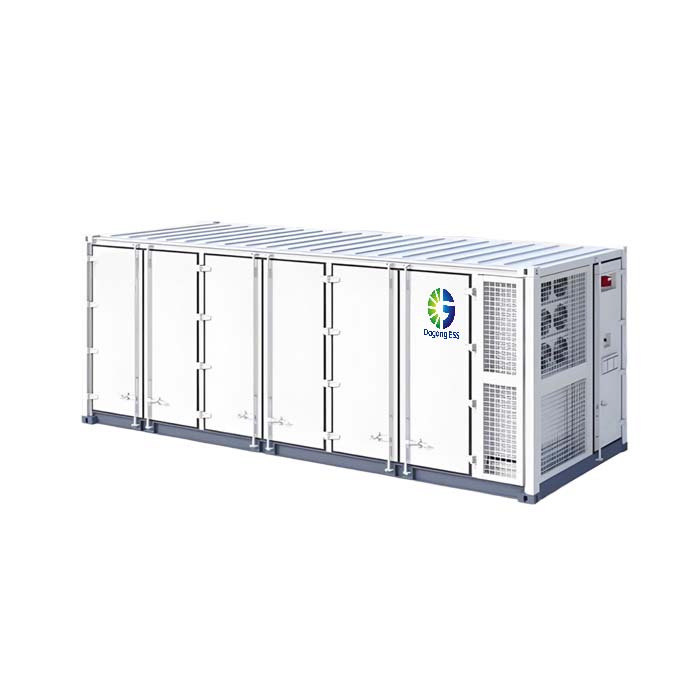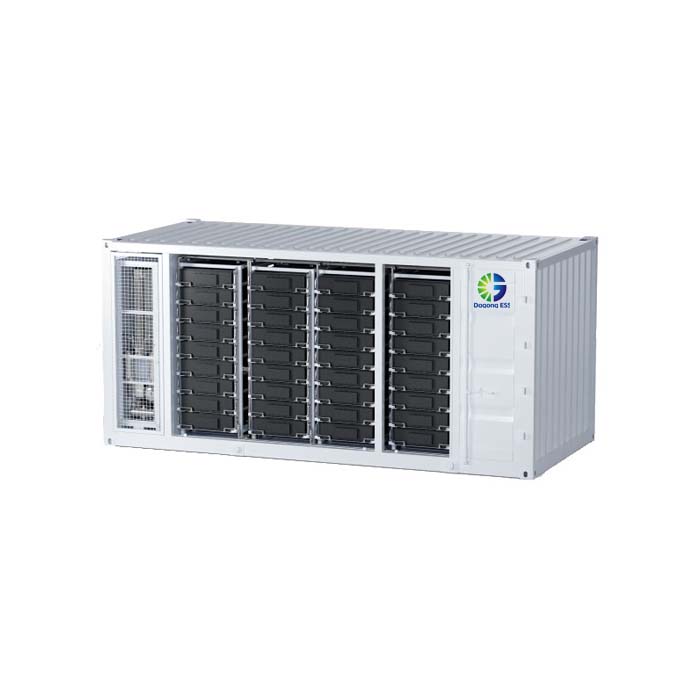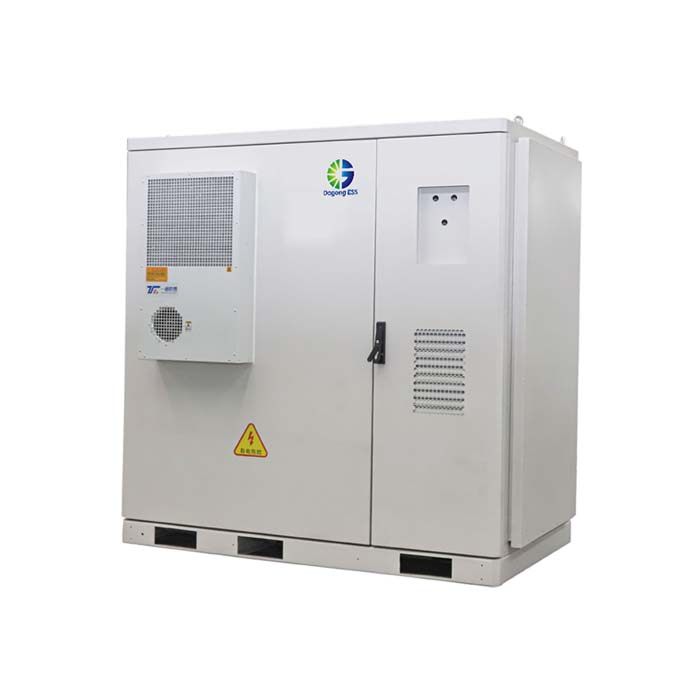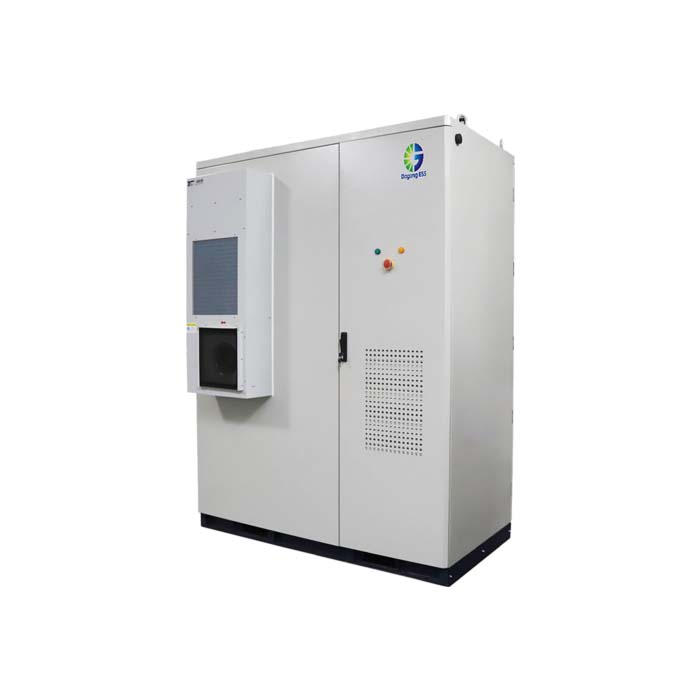Flow Battery vs. LFP Battery: Which Energy Storage System is Right for You?
What is a Flow Battery and an LFP Battery Energy Storage System?
A Flow Battery Energy Storage System is an electrochemical energy storage solution where energy is stored in liquid electrolyte solutions, which are circulated through electrochemical cells during charge and discharge.
A Lithium Iron Phosphate (LFP) Battery Energy Storage System, on the other hand, stores energy using solid-state lithium-ion cells featuring LiFePO₄ as the cathode material. It is one of the most widely adopted technologies in the commercial and industrial (C&I) energy storage sector today.
Types of Energy Storage Based on Chemistry
Flow Batteries:
Vanadium Redox Flow Battery (VRFB)
Zinc-Bromine Flow Battery
Iron-Chromium Flow Battery
LFP Battery Systems:
Air-Cooled LFP Systems
Liquid-Cooled LFP Systems
Modular and Containerized ESS Solutions
Features of Flow Battery vs. LFP Battery
| Feature | Flow Battery | LFP Battery |
|---|---|---|
| Energy Scalability | High (decoupled power and energy) | Moderate (modular, fixed ratio) |
| Cycle Life | >10,000 cycles | 4,000–6,000 cycles (typical) |
| Fire Safety | Excellent (non-flammable electrolyte) | Good (stable chemistry) |
| Efficiency (Round-trip) | ~70–80% | ~90–95% |
| Temperature Tolerance | Broad operating range | Requires thermal management |
| Response Time | Moderate | Fast |
| System Footprint | Larger (due to tanks and pumps) | Compact and modular |
| Maintenance Complexity | Higher (fluid systems, pumps) | Low |
Applications of Flow and LFP Batteries
Flow Battery Applications:
Long-duration storage (4–12+ hours)
Utility-scale renewable integration
Microgrids with predictable energy cycles
LFP Battery Applications:
C&I peak shaving and load shifting
EV charging stations
Residential backup power
Data centers and UPS systems
Price of Flow Battery vs. LFP Battery ESS
LFP Battery Systems:
Generally lower upfront cost per kWh
Mature supply chain and mass production advantages
Flow Battery Systems:
Higher initial cost, but lower lifetime degradation
Best suited for applications needing frequent deep cycles
How to Select the Right System for Your Project?
Evaluate Cycle Requirements:
If your project requires daily deep cycling for over 20 years, flow batteries offer superior lifetime economics.Consider Space and Power Density:
For space-limited or high-power density applications, LFP is more compact and easier to deploy.Assess Safety Needs:
If fire safety is critical (e.g., in buildings or near sensitive infrastructure), both systems are safe, but flow batteries offer a zero thermal runaway risk.Look at Project Duration:
For long-duration energy shifting (e.g., 8+ hours), flow batteries may be more cost-effective over time.
How Long Do These Systems Last?
LFP Battery Systems:
Typically 10–15 years depending on usage pattern, with degradation over time.Flow Battery Systems:
20+ years with minimal capacity fade, as the energy storage medium is separate from the reaction surfaces.
The Supplier of High-Quality LFP Energy Storage Systems
Dagong ESS is a professional manufacturer of customized battery energy storage systems. Products range from:
Commercial & Industrial ESS Cabinets (100 to 372kWh)
Utility-Scale Containerized BESS (1MWh to 10MWh)
We continuously strive to meet the evolving needs of our customers with dependable and customizable energy storage products.
If you are looking for Battery Energy Storage System(BESS) with hybrid inverter for solar & grid or want to know more about the technical information, please feel free to contact Dagong ESS(Dagong New Energy) .








